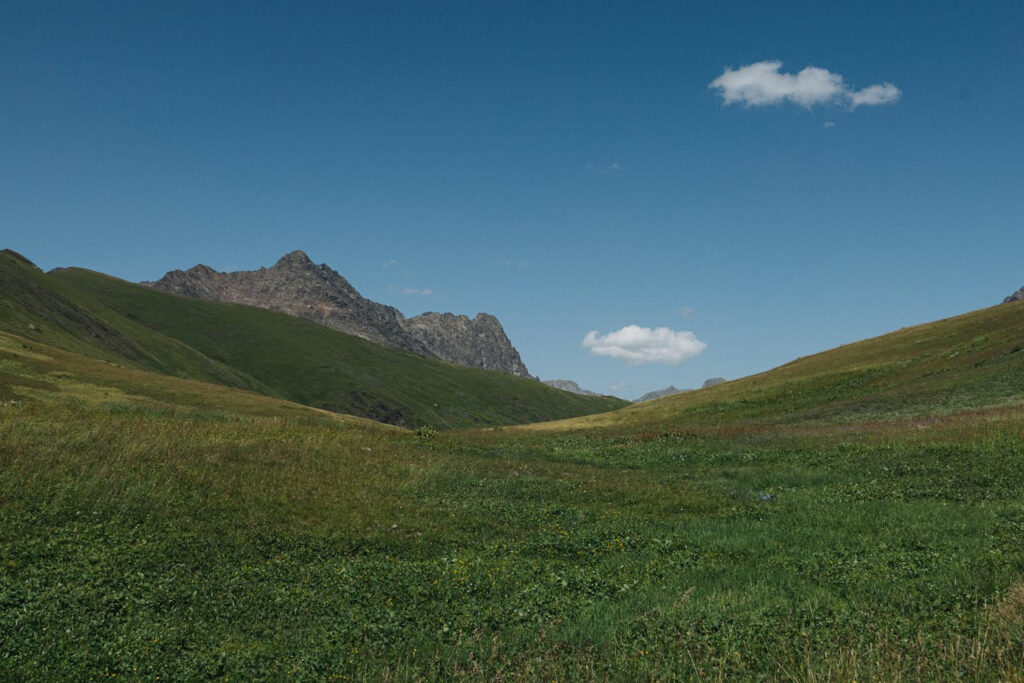Par 4.2.3.2.4 Grasslands study finds increasing fertilizer use drastically reduces the number of flowers and insects

https://phys.org/news/2025-02-grasslands-fertilizer-drastically-insects.html By Tom Walters, University of Sussex February 3, 2025 Trade-off between flower and pollinator species richness and grassland yield. Credit: npj Biodiversity (2025). DOI: 10.1038/s44185-024-00070-6 A new study by researchers at the University of Sussex and Rothamsted Research published on Jan. 20 in npj Biodiversity has revealed the devastating impact that increased fertilizer use has on agricultural grasslands. The researchers examined […]
Par 4.2.3.2.4 Mosaic grassland landscapes are the most beneficial in terms of ecosystem services, Swiss study finds

Mosaic grassland landscapes are the most beneficial in terms of ecosystem services, Swiss study finds https://phys.org/news/2024-05-mosaic-grassland-landscapes-beneficial-terms.html#google_vignette by Peter Rüegg, ETH Zurich, MAY 14, 2024 From intensively cultivated meadows to pastures and grassland: a mosaic of different farming practices increases the number of ecosystem services provided by grassland. Credit: Valentin Klaus / ETH Zurich Grass, […]
(par 4.2.3.2.4) Grassland Ecosystem Food Chain in Africa

Grassland Ecosystem Food Chain in Africa by Lisa Miller, Demand Media http://everydaylife.globalpost.com/grassland-ecosystem-food-chain-africa-38411.html Africa’s grassland, or savanna, ecosystem is an open, grass-covered land with small, interspersed trees. Its diverse species play specific and important roles. Food chains trace the transfer of energy from one organism to another in an ecosystem. They are simple and linear, whereas […]
